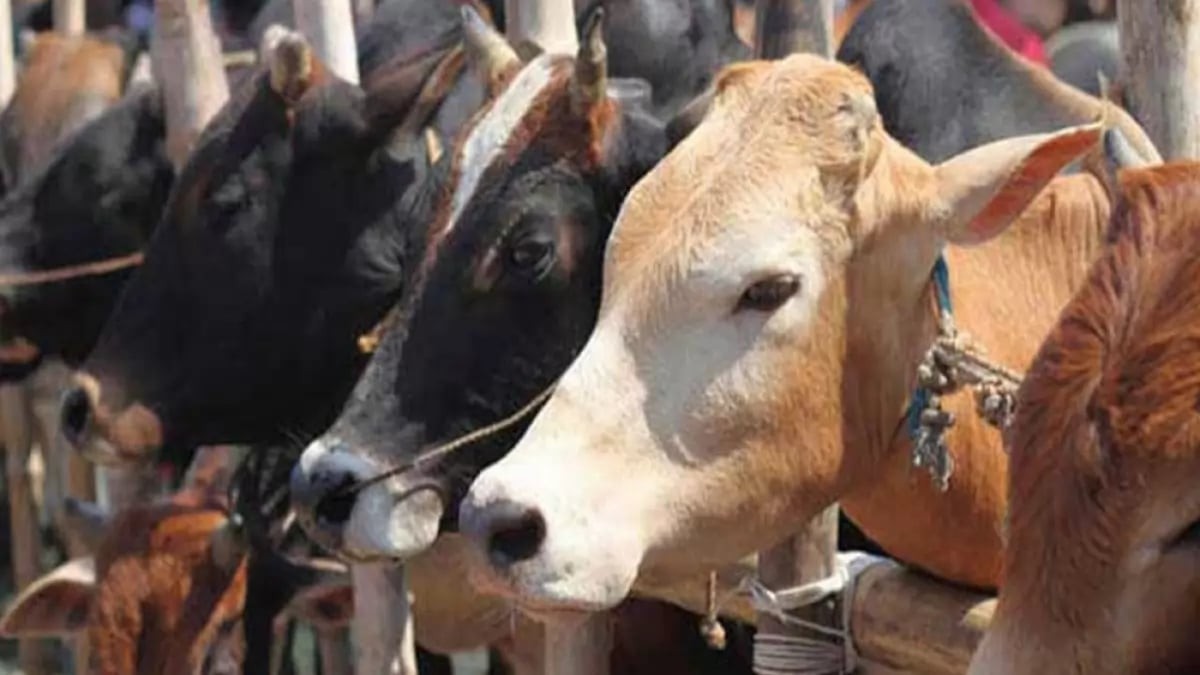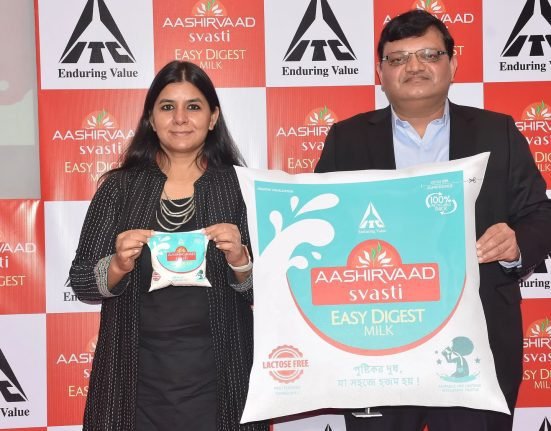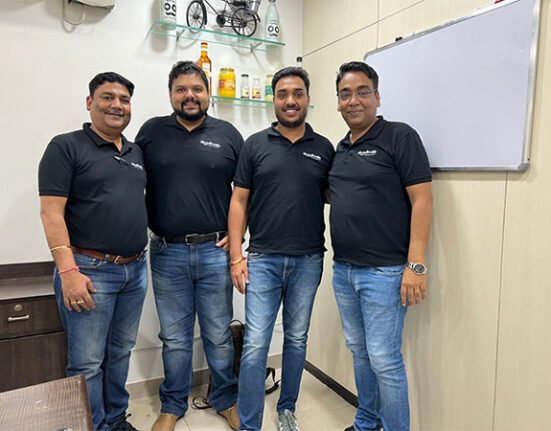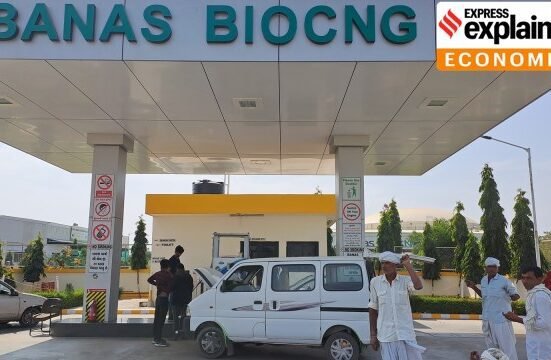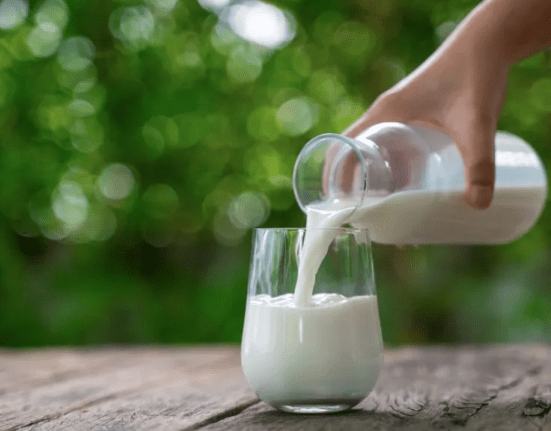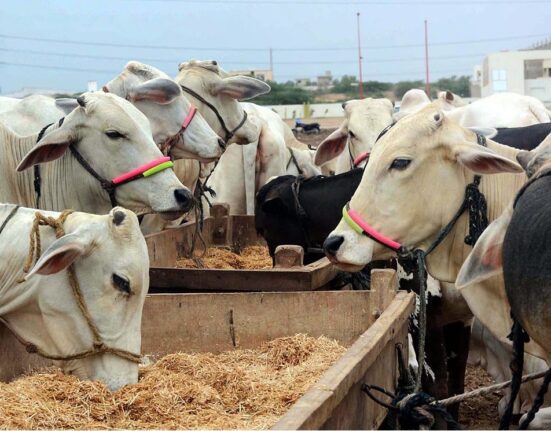By 2050 India’s livestock alone could be responsible for 15.7 per cent of all the enteric methane emissions spewed by the entire world, according to a study just released by the Environmental Defense Fund (EDF) and the Confederation of Indian Industry (CII). The implication: India would have to dramatically dial up its efforts to cut emissions in the dairy sector, which is 70 per cent of the country’s livestock industry, if it intends to keep its climate commitments, without hurting productivity.
India is the world’s leading milk producer, contributing 25 per cent of the global output and growing by a CAGR of nearly 5.5 per cent year-on-year. Although, being a country facing chronic nutritional challenges, it may not be easy for India to take its foot off the dairy pedal, it must quickly adopt optimal livestock management and cattle feeding practices to combat emissions. The efforts need to be focused on enteric fermentation, which contributes up to 75 per cent of greenhouse gas (GHG) emissions in the dairy sector.
Methane gas is the dirty tail-pipe exhaust of enteric fermentation, a digestive process in ruminant animals such as cattle and buffalo. Along with nitrous oxide and carbon dioxide, methane forms a toxic cocktail of GHGs spewed by dairy farms at various stages of the production cycle, including storage, spreading, and decomposition. Carbon dioxide emissions issue from energy usage, production, and transportation of inputs. Addressing these emissions requires a multi-pronged approach that balances productivity enhancement with environmental conservation.
The Dairy Dichotomies
India is the world’s largest milk producer globally, with its female bovine population more than doubling to 246.7 million in 2019 from 1972. But its productivity has not kept pace with this expansion. On the contrary, being scale-based, the growth has ended up placing a severe strain on natural resources like land and water. Similarly, India produces more than enough milk than it would need to fulfil the nutritional needs of its 1.3-billion population by WHO standards. The fact, however, is that it is home to one of the world’s largest populations of malnourished and undernourished people.
The clear takeaway: India’s focus must shift from production to distribution, ensuring that milk in adequate quantities is not merely available but affordable across its population. Such a shift may also support its efforts to decarbonise the dairy industry where GHG emissions have doubled in tandem with the growth in the population of female cattle over the last 50 years. The resultant challenges are compounded by climate change, affecting livestock health, fodder quality, and milk yields.
The dairy sector faces multiple challenges such as rising temperatures, erratic rainfall, and extreme weather events, which adversely impact livestock health and productivity. Water scarcity, intensified by unpredictable weather patterns, complicates irrigation for feed crops and raises costs for smallholder farmers, who dominate the largely unorganised dairy industry.
Limited financial resources and technical knowledge further hinder their ability to adopt climate-resilient practices. Similarly, inefficient manure management leads to methane emissions and missed opportunities for converting manure into renewable energy or organic fertilisers. Among the problems impeding the adoption of sustainable manure management techniques are small landholdings and low market demand for compost. The study outlines several strategies for reducing emissions and promoting sustainability in the dairy sector:
Feed and Fodder Management: Promoting silage feeding can significantly mitigate enteric methane emissions. Silage, made from fermenting green crops like corn and oats, is water-efficient and suitable for drought-prone regions. Establishing hydroponic systems powered by renewable energy can produce high-quality fodder using up to 90 per cent less water than traditional methods. Formulating a National Fodder Security Policy and setting feed quality standards are crucial for addressing feed shortages and improving livestock nutrition.
Manure Management: Promoting biogas and compressed biogas (CBG) plants can capture methane from manure for use as clean energy, reducing fossil fuel dependency. Developing region-specific composting techniques and creating market linkages for organic fertilisers can enhance adoption among farmers.
Emission Tracking and Research: Digital platforms for feed traceability and GHG tracking can provide data-driven insights for reducing emissions. Pilot studies to assess regional emission factors and feeding models can refine strategies for methane reduction.
Investment in Climate-Resilient Practices: Despite widespread recognition that sustained investment is critical for modernising the dairy sector, recent years have seen a decline in cash inflows. This necessitates renewed focus on funding climate-resilient and productivity-enhancing initiatives.
Though crucial to India’s dairy sector, smallholder farmers find it hard to adopt sustainable practices, due to a host of factors, including—as the FPO study suggests—leaky local fodder production and supply chains and the poor adoption of innovative solutions. These issues can be addressed by increased collaboration between FPOs and industry stakeholders, the study asserts.
However, for them to have the desired impact, these steps would have to be accompanied by training programmes on sustainable manure management and renewable energy utilisation, designed to empower smallholders to contribute to climate-resilient dairy practices. Building awareness about the benefits of organic fertilisers and creating demand for compost products can further incentivise sustainable practices.
India’s dairy sector stands at a crossroads. Balancing the seemingly contradictory goals of productivity and sustainability requires concerted efforts from policymakers, industry stakeholders, and farmers. The study’s recommendations—from promoting silage and hydroponics to enhancing manure management and tracking emissions—offer a roadmap for transforming the sector into a climate-resilient and sustainable model.

